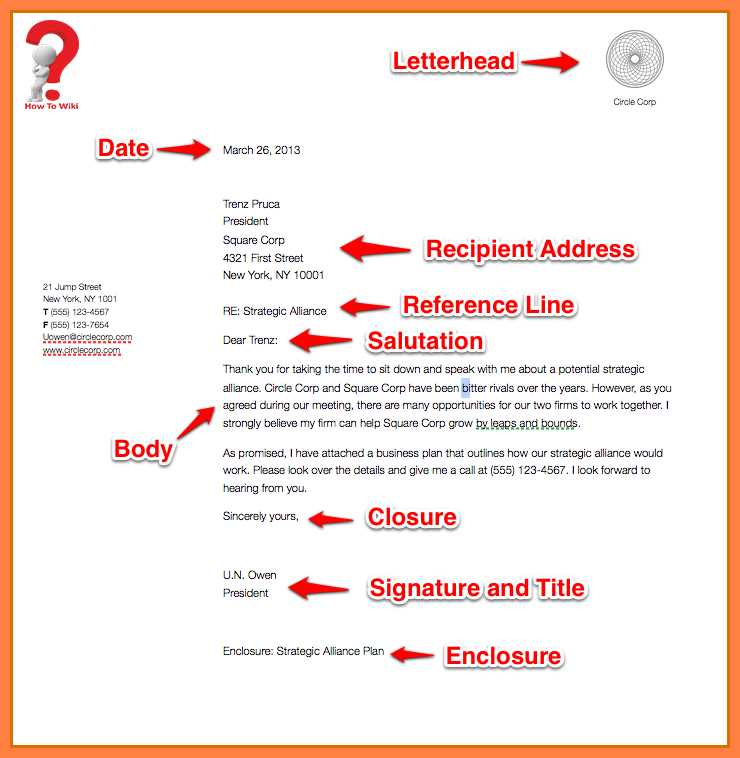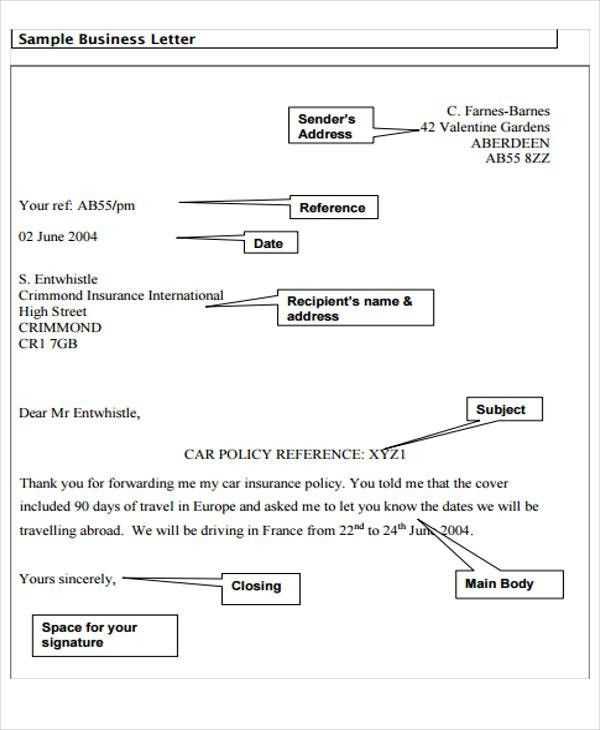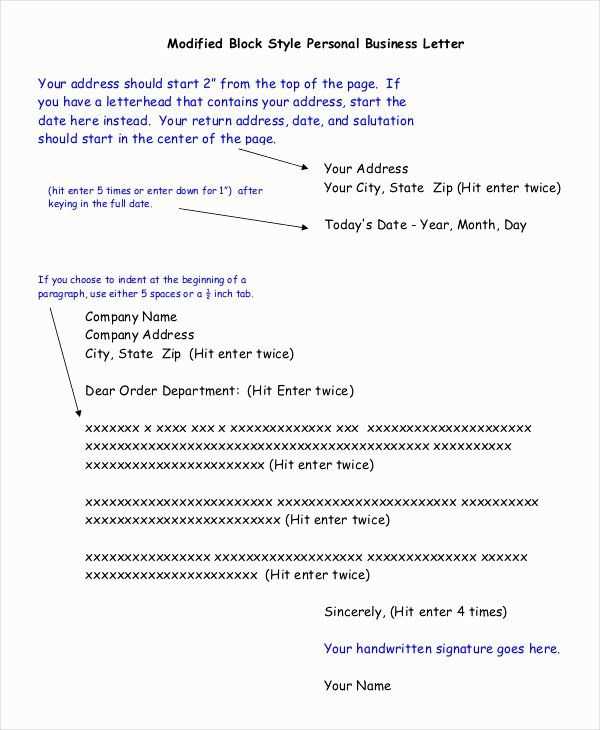Parts of a Business Letter Template

Effective professional communication relies on structure and clarity. Whether you’re sending a formal note or a detailed message, understanding how to organize your writing is crucial. A well-structured document ensures your intent is conveyed efficiently and leaves a positive impression on the recipient.
Key Components to Include
Every formal communication requires several key sections that help organize the content and ensure it remains professional. These elements typically follow a standard order to maintain consistency and enhance readability.
Introduction and Sender’s Information
The opening section generally includes your contact details and a proper greeting. This establishes who you are and sets the tone for the message.
- Sender’s Contact Information: Full name, title, address, and other necessary details.
- Recipient’s Information: Name and position of the person you’re addressing.
- Salutation: A formal greeting like “Dear [Name or Title].”
Core Message
This is where the main point is delivered. It should be clear, concise, and organized logically. Depending on the purpose, this section may contain one or several paragraphs.
- Body: A clear and direct explanation of your request or information you want to share.
- Details: Supportive information or additional context related to the main point.
Conclusion and Closing Remarks

In the final part, you should provide a clear conclusion and any follow-up actions. This section ensures that the reader knows what to expect next.
- Closing Statement: A polite phrase such as “Sincerely” or “Kind regards.”
- Signature: Your full name and any additional contact details if needed.
Formatting and Professional Tone
While structure is essential, the style in which you present your message is equally important. Always maintain a formal tone and ensure proper grammar and punctuation throughout the correspondence. A well-written message will appear more polished and leave a better impression.
Understanding Formal Communication Structure

Mastering the organization of formal written communication ensures that the message is clear, professional, and easy to follow. Each correspondence should adhere to a set of standards, which makes the exchange more effective. Whether you are conveying a request, giving information, or following up on a matter, structure plays a key role in the document’s success.
Key Elements for Clear Communication
To create an impactful document, you must include specific sections that serve distinct purposes. These essential segments provide coherence and help guide the reader through the content.
- Introduction: This part sets the tone and introduces the purpose of the message.
- Details: The core section where the main content and necessary explanations are presented.
- Conclusion: A summary or call to action, outlining the next steps or expectations.
Effective Formatting and Language Usage
Proper formatting and a professional tone are crucial to creating a document that is not only readable but also polished. Maintain consistent margins, spacing, and alignment to ensure that the presentation is visually appealing. Additionally, using simple yet formal language avoids confusion and maintains the document’s professionalism.
Common Mistakes to Avoid
Even experienced communicators can fall into the trap of common errors that detract from the professionalism of their message. Pay attention to grammar, punctuation, and consistency in your tone to prevent your communication from losing its impact.
Enhancing Clarity in Communication
To improve clarity, focus on concise and direct language. Avoid unnecessary jargon or overly complex sentences. By prioritizing simplicity, you ensure that your message is accessible and understood by the reader on the first read-through.